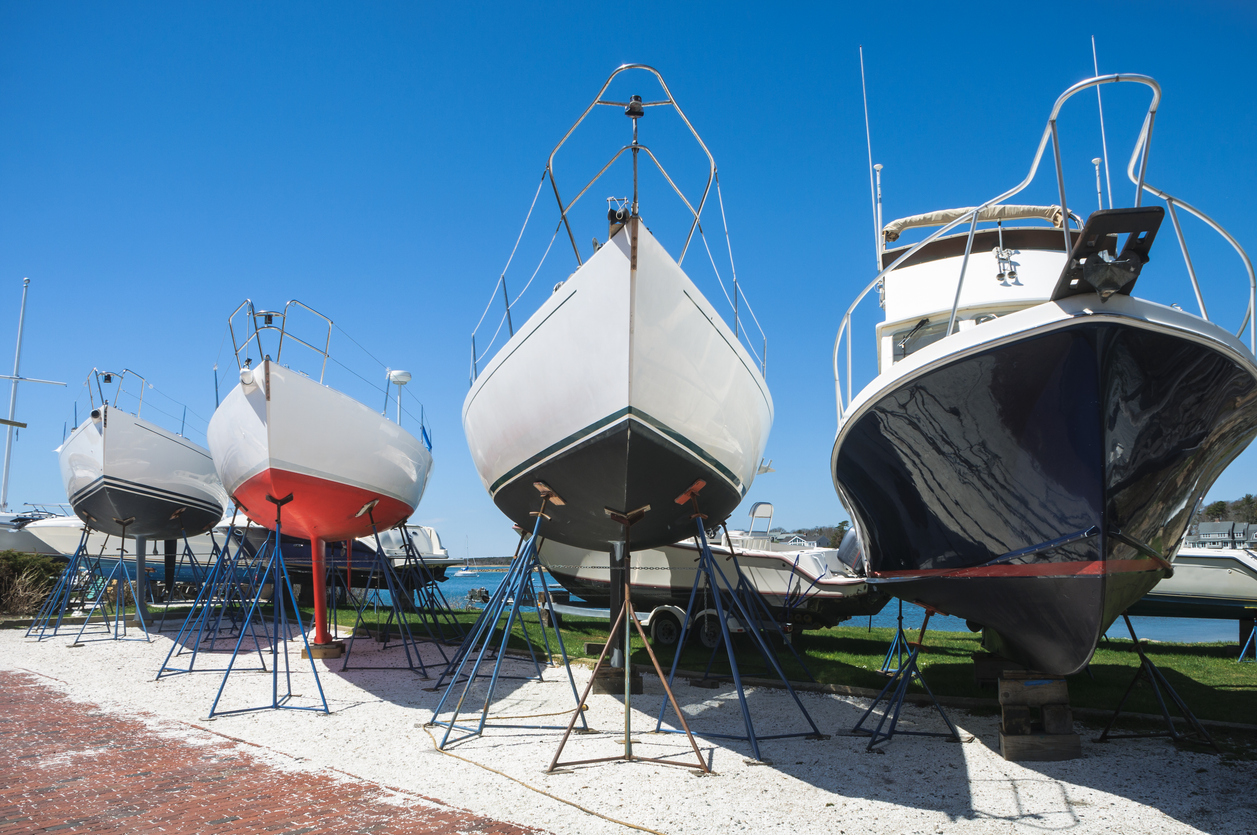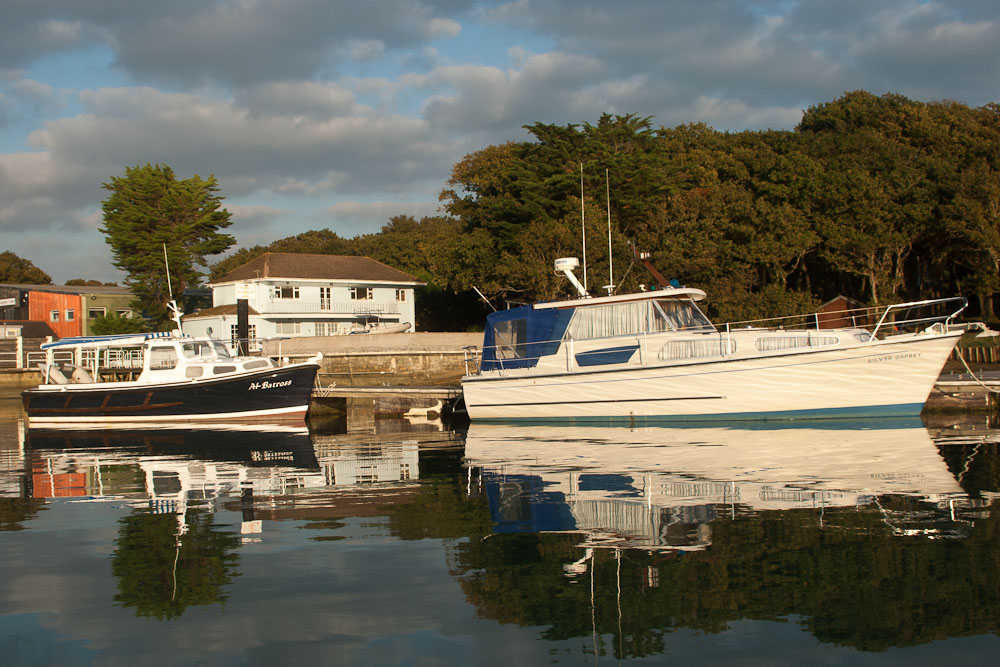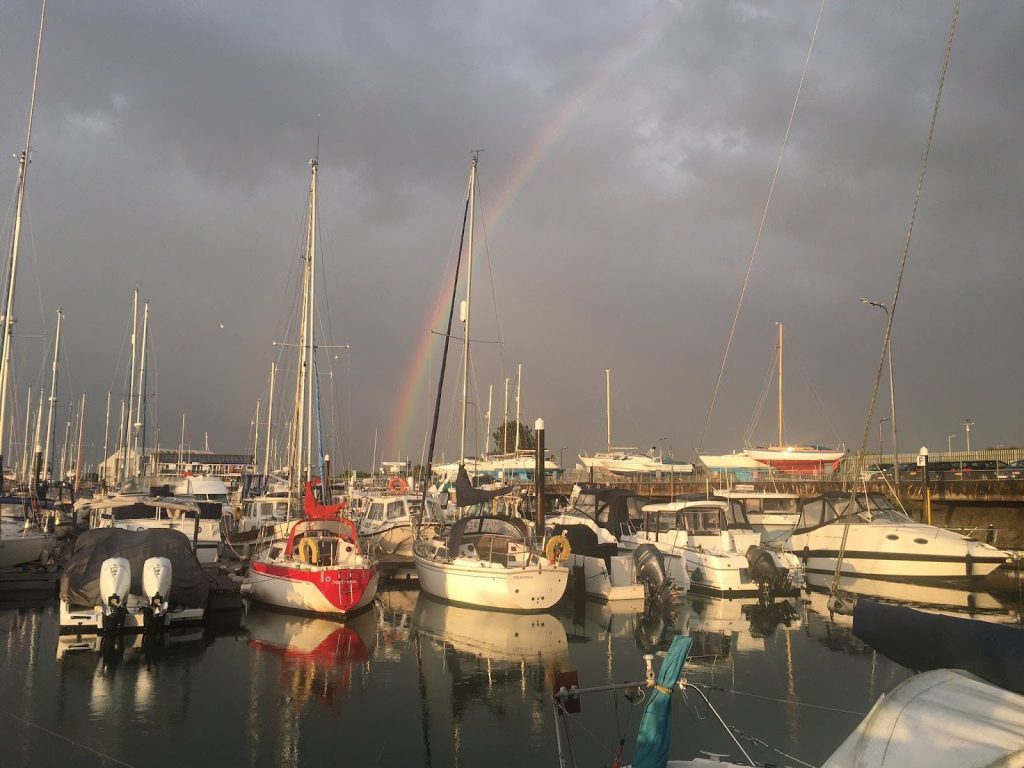Dinghy cruising is a fun and rewarding way to escape the hectic pace of modern life, so no wonder it’s growing in popularity says the RYA
What do you think of when you hear the words ‘dinghy cruising’? To many, dinghy cruising will simply mean not racing – taking your dinghy for a leisurely potter to escape for a bit and get some fresh air in the lungs. However, to more and more people dinghy cruising is coming to mean something else, and it’s a phenomenon seemingly growing in popularity.
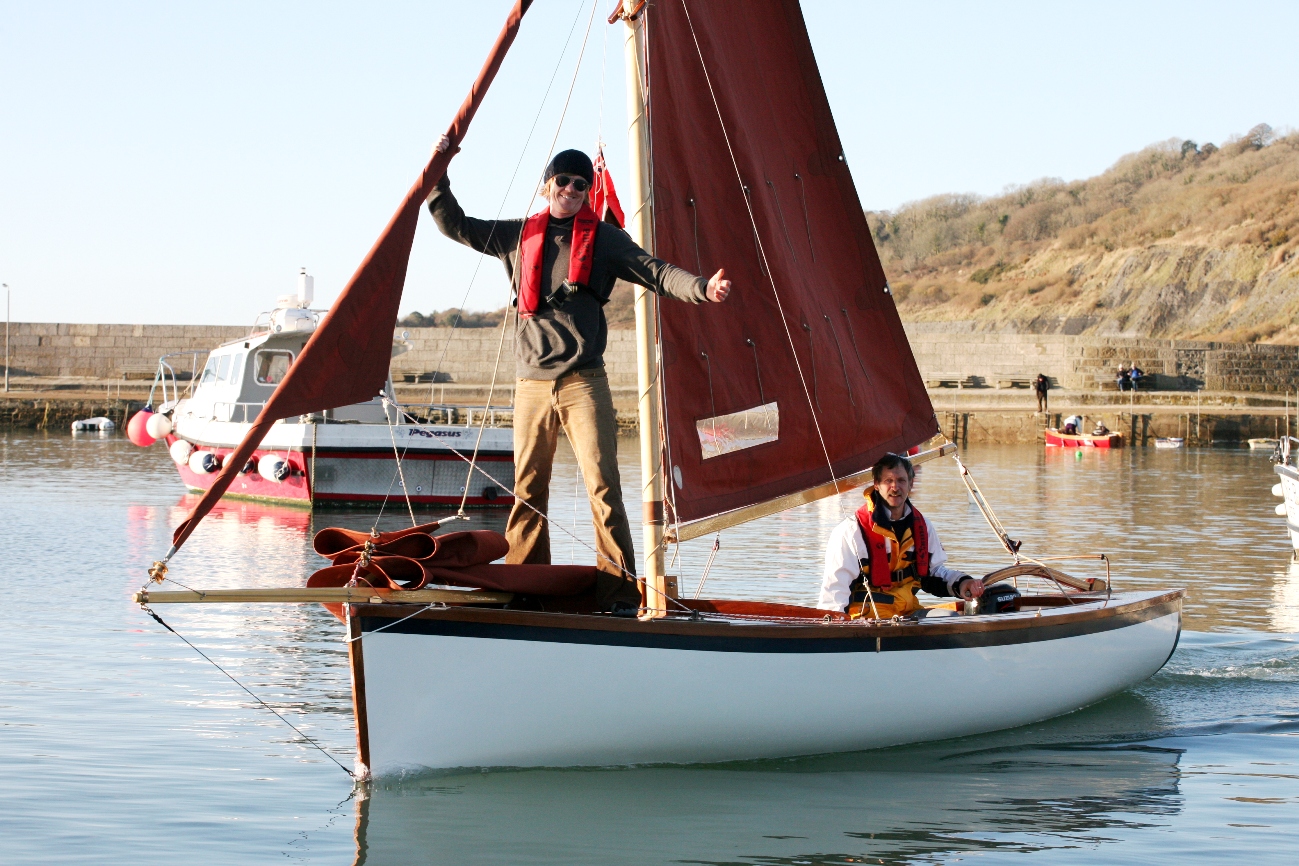
So what is it?
Quite simply, pottering is gaining purpose and turning into a planned passage with a destination which might more commonly be thought of as yachting.
“People think to cruise you need a big white yacht,” explains Roger Barnes, President of the Dinghy Cruising Association an RYA affiliated club. “But the reality is what many yacht owners use their boats for can be achieved in a dinghy.
“You don’t need to own a 40ft cruiser to go from Hamble to Yarmouth for the day, for example. We’re seeing a rise in membership and believe, very quietly, more people are going dinghy cruising under the radar again.”
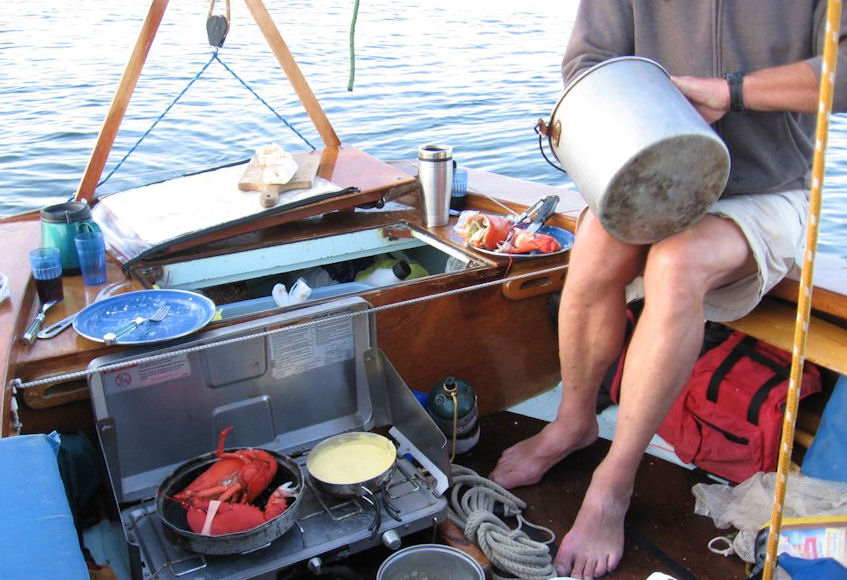
Dinghy cruising was extremely popular after World War II, when the dinghy boom gave people a cheap way to get afloat. As the accessibility of yachting grew so interest in dinghy cruising waned, yet the trend now appears to be going full circle with people returning to dinghies for day excursions.
Extended coastal cruising trips, including overnight stays and sleeping onboard, are piquing the interest of the dinghy sailing community. Roger admits to being pleasantly surprised by the interest in cruising at March’s RYA Suzuki Dinghy Show.
He continued: “We had my boat there, but that’s quite unusual, so although people were interested it wasn’t something they could necessarily relate to themselves.
“But we also took a Mirror dinghy to show how that could be adapted and people were fascinated by it. There were easily five people around that boat at all times over the weekend and people started seeing it as something they could possibly do.”
Roger thinks the renewed interest in dinghy cruising is as much to do with “frontier mentality”, and a desire to escape from the increasingly digital pressures of modern life, as it is cost.
Your chance to explore inlets and rivers
Because dinghies can hug the coast much closer than deep keeled yachts they are more likely to explore unchartered bays, inlets and rivers. To stop for lunch or to bed down for the night can be as simple as pulling it up the beach or mooring in shallow waters.
You can’t take the kitchen sink, but everything you need can be stowed aboard, including cooking equipment and provisions. If you’re not quite brave enough to sleep aboard, small tents can be pitched where you chose to lay your head. Navigation can be done through handheld chart plotters and even mobile phone apps, and there is a freedom, rustic simplicity and relaxation which may not be found in yachting. If the weather gets a bit ropey you can choose somewhere to leave your boat, hop on a train home and drive back to it to trail it home.
It was the appeal of getting ‘unplugged’ that inspired Plumpton College, in East Sussex, to start running dinghy cruising expeditions on Lake Runn in Sweden in 2014. With another 10 Plumpton students set to return to Runn for the third time this year, the students plan the whole expedition, including kit, safety protocol, risk assessments, food and cooking, weather forecasting and all other logistics.
There is always a mix of sailing experience in the group, and the expedition is run in three Wayfarer dinghies plus an Express Pirate keelboat, which acts as ‘Mother ship’. All sailors undergo safety training on Piddinghoe Pond as part of the college’s relationship with Newhaven and Seaford SC through the RYA OnBoard programme.
Andy Hamilton, Level 3 Programme Leader in Adventure Education at Plumpton College, leads the expeditions. He explains their value to the students.
“There are no watches, no phones, except for emergencies, and no music. We go completely free, we have a set of charts, we take the forecast at the beginning of the week and we make decisions based on that.
“It’s only dark for one hour a day when we go in May so the students could wake up at 3am or 10am. The aim is to completely unplug from day-to-day life and it doesn’t matter when they go to bed, get up or eat. They sleep when they’re tired, they eat when they’re hungry and they sail when the wind is good.”
Swallows and Amazons style
Students sleep aboard or wild camp depending on conditions. Boat ‘bivouacs’ can be improvised using the mainsail over the boom and laying roll mats in the bottom of the boat to sleep under the seats.
Andy adds: “It’s a bit of a cliché but it’s the whole ‘Swallows and Amazons’ thing. Getting that detachment is so rare in modern life. The experience the students gain and seamanship and life skills they develop are invaluable.”
Depending on your ambitions most dinghies can be used for cruising with Wayfarers and Drascombes amongst the most popular. But even some racier boats, and older wooden boats, can be used, perhaps with a cut-down rig or using sails from a smaller boat. You just want something with a reasonably stable hull that can be rowed or even have an outboard motor attached. It is recommended to have a means of shortening sails or reefing too as dinghy cruising is meant to be relaxing so there is little point letting things get hairy trying to cope with excessive canvas in rising wind.
The RYA Day Sailing course is specifically designed for Dinghy Cruising, during which you’ll learn how to prepare and plan for a day cruise, pilotage and decision making including adverse conditions. The RYA Level 1, 2 and 3 courses provide fundamental sailing skills for basic boat handling, with the RYA Seamanship course teaching well needed skills and techniques in a cruising environment. When choosing a training centre make sure the training will be in a type of boat similar to the one you plan to use for your cruise.
Dinghy cruising isn’t completely free from regulation. Boaters still need to be aware of their obligations under the Merchant Shipping Regulations, including those enforcing the Safety of Life at Sea (SOLAS) Convention and there may also be local regulations and byelaws to comply with. Cruising abroad brings with it a whole new set of things to consider.
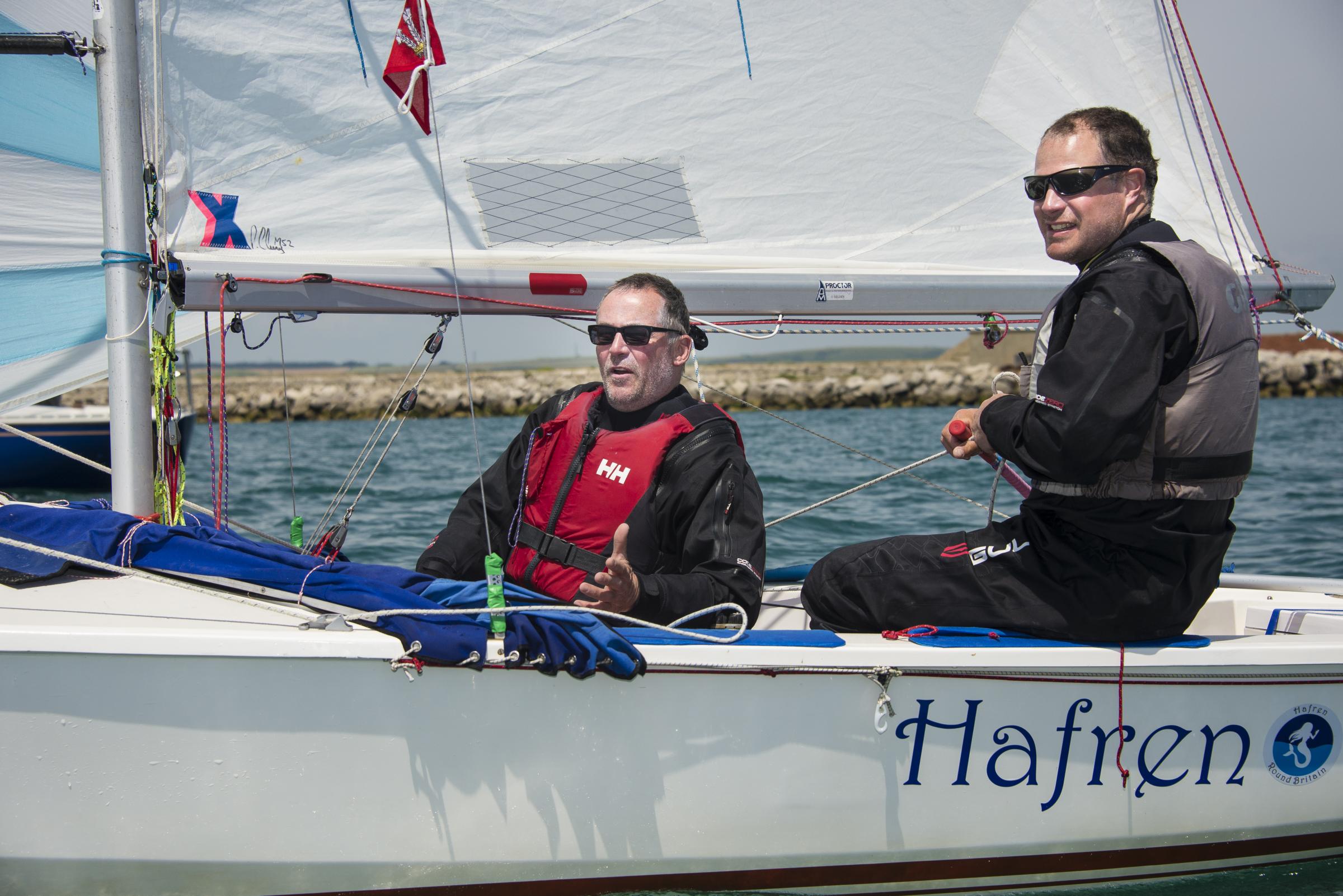
As Roger concludes: “A dinghy going round the coast tends to be less interested in going very fast. You’re in the open sea in an open boat, you’re exposed, and so it can be very strategic and tactical, which is the appeal of the challenge for many sailors. You’re just ‘being’ in the landscape. When time is precious and work/life balance has many pressures you truly can escape.”

Useful websites:
www.rya.org.uk/go/boatingabroad
www.hostellerssailingclub.org.uk
Photos: By kind permission of the RYA
Keep up to date with BoatsandOutboards news and advice on Facebook or Twitter
